Marsh Chapel stands at the heart of Boston University. You may have worshiped in the chapel as a student, or walked by it a thousand times, but never learned about its unique history. Start in Vermont, add a fire, a swamp, and a ghost tower, and you’ve got some of the elements of this captivating tale.
The story of the chapel is the story of Boston University’s progressive principles. Honored in stained glass are religious figures, but also educational reformers and social justice warriors, with one especially unconventional pair in the eighth window. Did you know that one of the chapel’s first deans had a significant influence on leaders of the Civil Rights Movement? Or that the chapel itself underwent a significant physical turnaround in its early days?
Now, you can take a virtual tour, featuring video, audio, archival photos, and 360° photography. Brother Larry Whitney (STH’09,’18), University chaplain for community life, explains how Marsh Chapel came to be, and some of the creative challenges, controversial choices, and intriguing twists along the way.
“The story of this chapel is the story of the University’s values,” Whitney says. “From the cornerstones to the stained glass windows to the unexpected layout inside, Marsh Chapel embodies the progressive ideals that lie at the heart of BU.”
Full Story


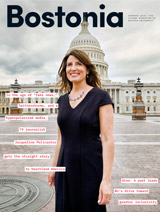
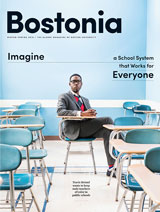
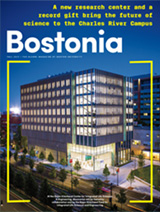
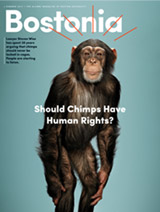
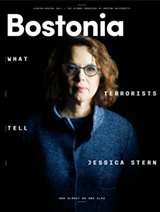
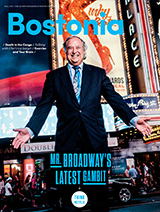
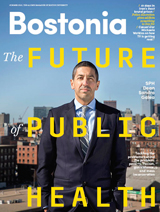

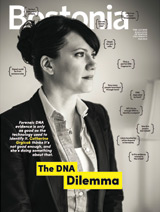
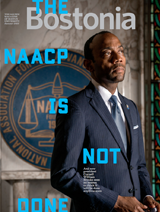
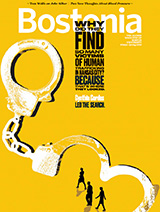

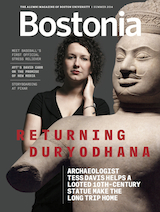
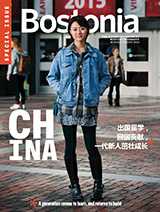
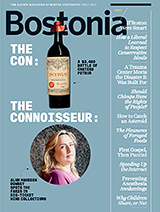
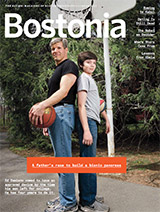
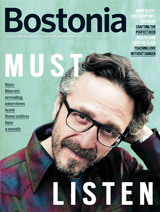
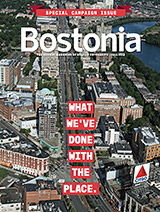

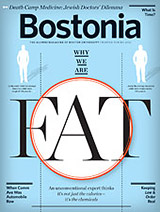

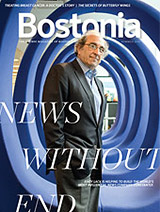
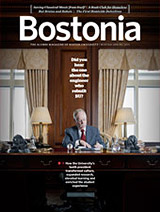
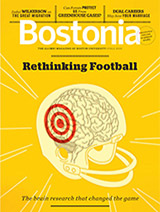
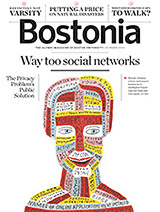

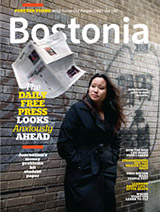

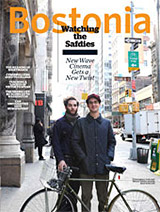
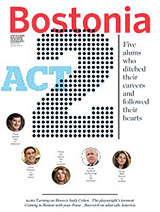


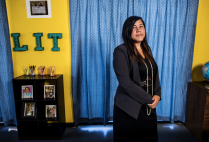
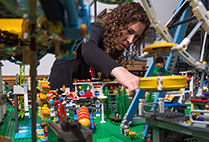


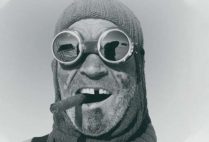
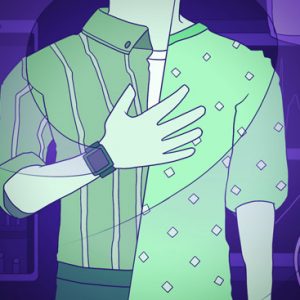
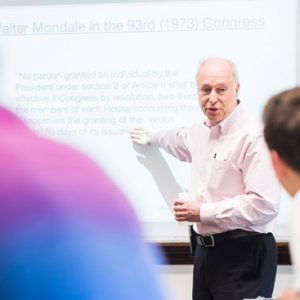


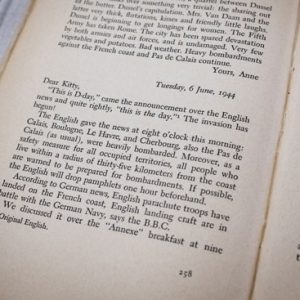


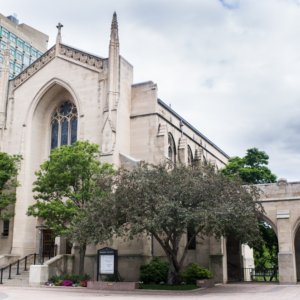

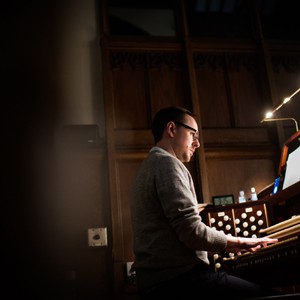
Thanks so much for this wonderful website experience. I did not know the Methodist background of BU. Regretfully, as a commuter student, I thought I had no time or interest in the Chapel.
SED, 1979
I heard more sermons by Dean Howard Thurman than anyone else in 1956/7. In those years I was part of the then student run WBUR-FM. Part of the station’s mission in those days was to broadcast live the weekly Sunday morning chapel service. As a student I volunteered to be the on site engineer to remote feed of the service to the station for live broadcast. My perch was in the chancel above the lecturn to the right of the altar. I was out of sight of the congregation but could see Dean Thurman. Seeing him was important. One of his speaking styles was long, silent pauses. For radio programs, long pauses are problematic. Maintaining visual contact for me was reassuring.
His influence was so significant that even when the university was closed for vacations, the student run radio station had to provide live remote feeds in order to broadcast his Sunday services.